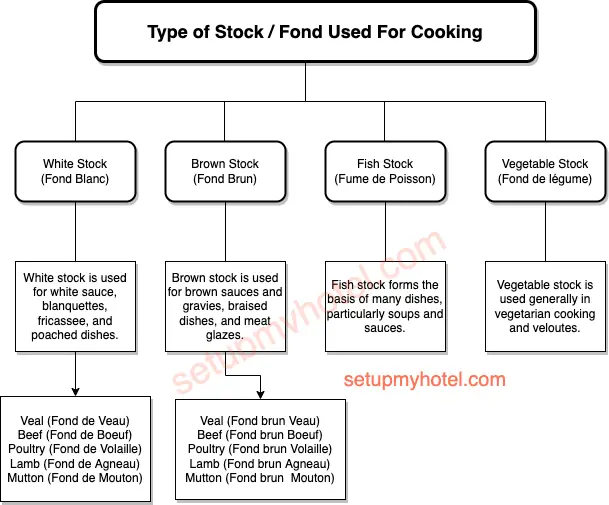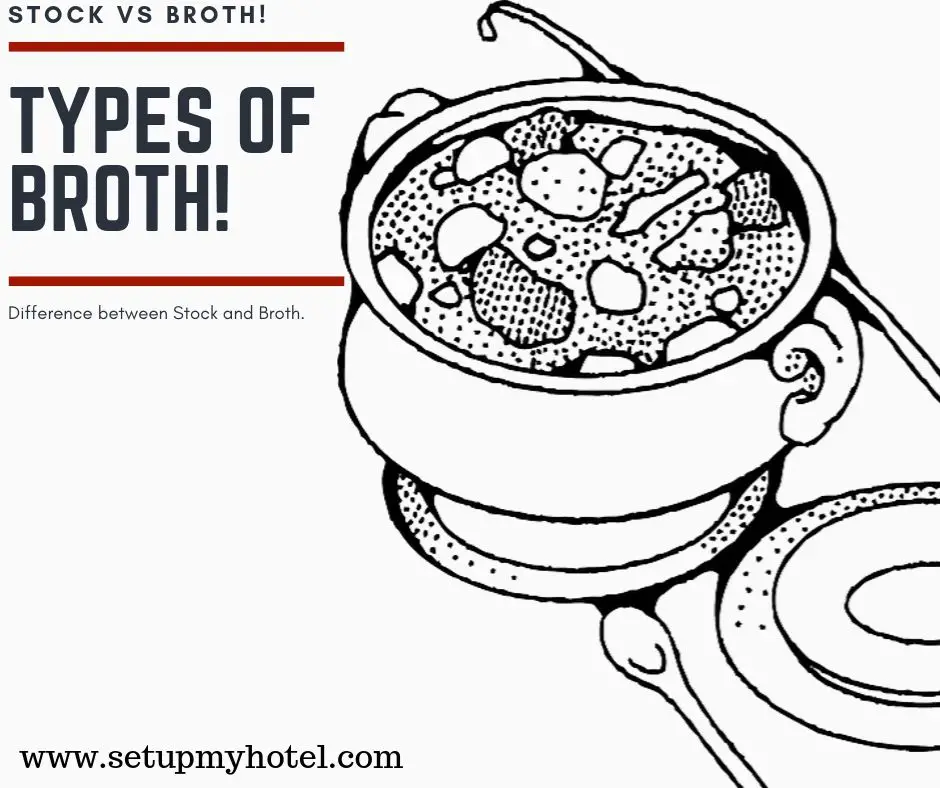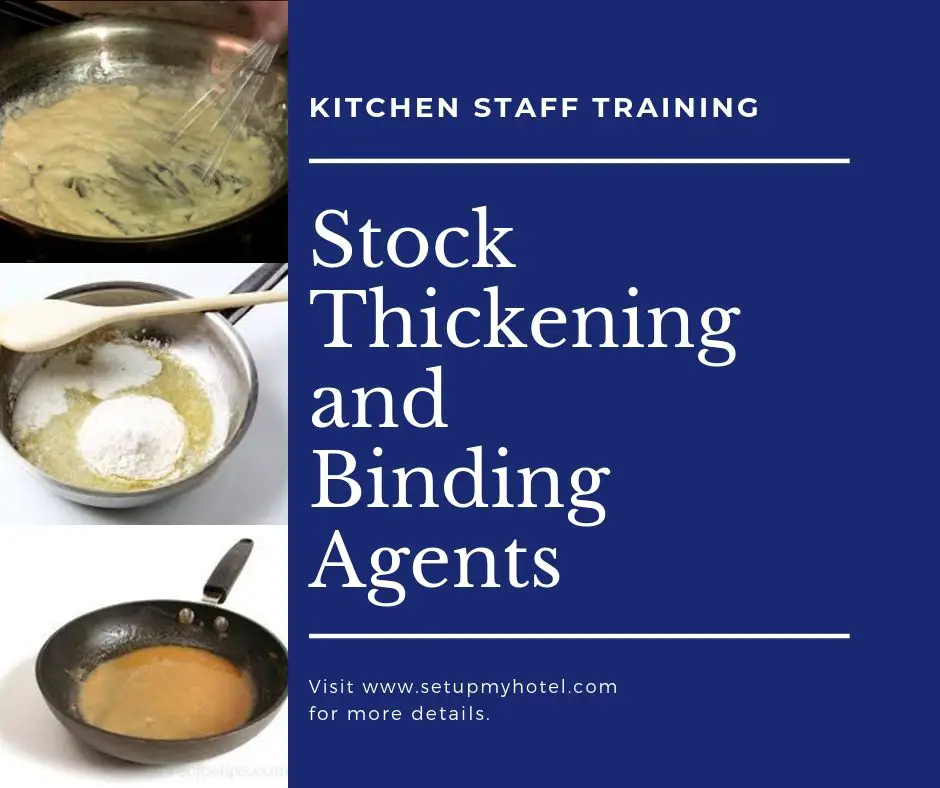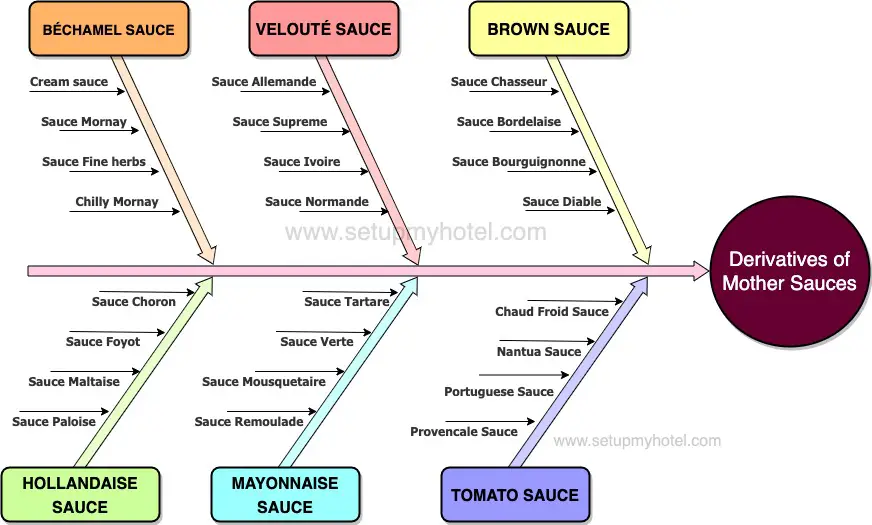Types Of Common Guest Complaints In Hotels

Types of Common Guest Complaints in Hotels 1. Service-Related Complaints Are usually associated with the hotel service. The guest may ...
Read more
Front Office Department Introduction, Operations And Functions

Front Office Department Introduction, Operations, and Key Functions Introductions To The Hotel Front Office Department The Front Desk is a ...
Read more
Basic Dessert Sauces List – Standard Recipe Card – Hotels | Chefs

Dessert Sauces List with a recipe card for chefs Dessert sauces are the perfect finishing touch to any dessert. They ...
Read more
23 Basic Pastries, Cakes And Desserts For Bakers And Pastry Chef

Basic Pastries, Cakes and Desserts For Bakers and Pastry Chef Baking is a wonderful way to express creativity and satisfy ...
Read more
Types Of Stock – White | Brown | Vegetable | Fish

Types of Stock – White | Brown | Vegetable | Fish When it comes to cooking, the type of stock ...
Read more
Types Of Broth – How It Is Made? | Broth Vs Stock

What is Broth? How does it differ from Stock? Broth and stock are similar in technique and cooking time. Meat, ...
Read more
Stock Thickening And Binding Agents Used In Hotel Kitchen

Standard Stock Thickening and Binding Agents Thickening agents give body, consistency, and palatability when used. They also improve the nutritive ...
Read more
The Six Mother Sauces: A Beginner’s Guide To French Cuisine

Derivatives of Basic Mother Sauce’s Basic mother sauces are the foundation of French cuisine and consist of five sauces: Béchamel, ...
Read more











